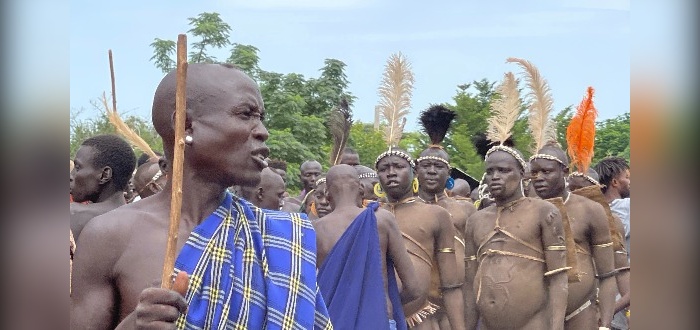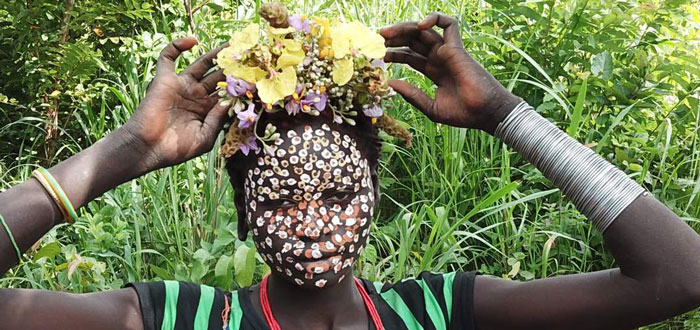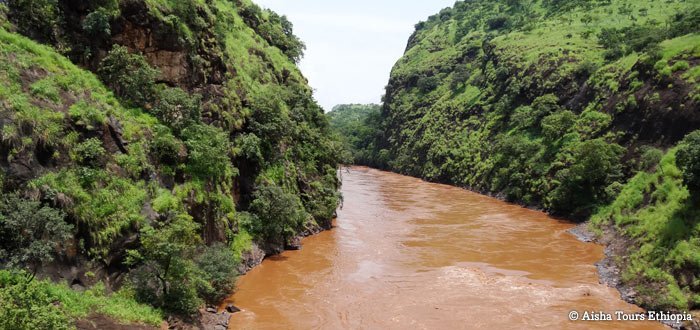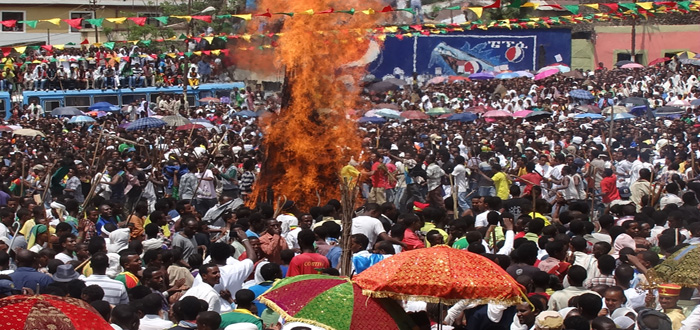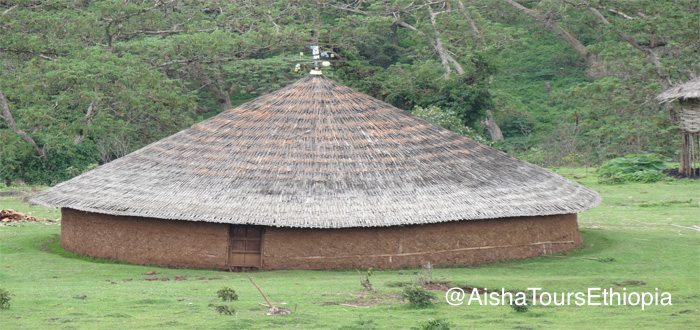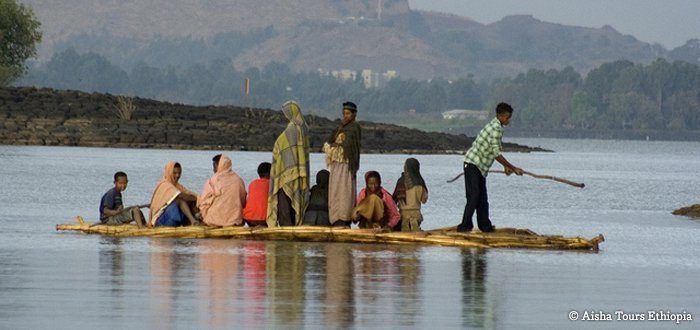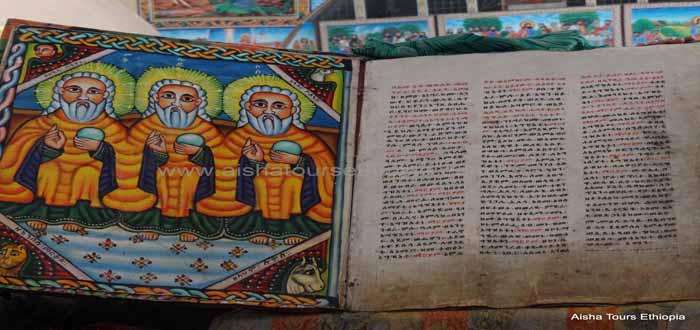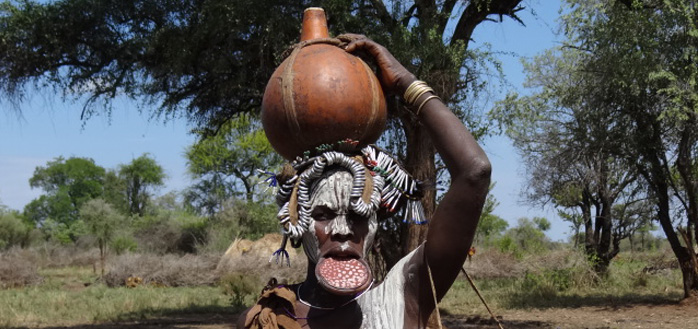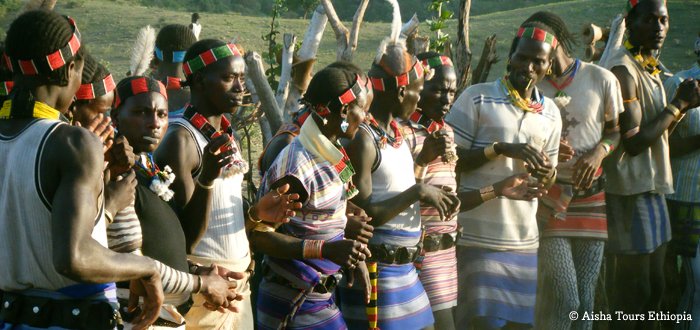Surma (Suri)
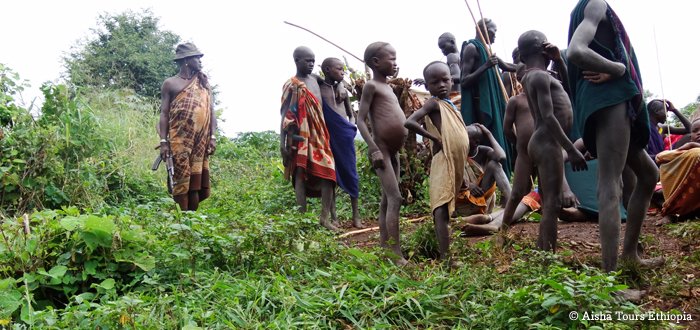
Indifferent to any religion without organized political power , they live in autarky, isolated in their wild mountains covered with forests and savannas.
According to oral tradition , the Surma are from the region of the lower north of Lake Turkana Omo , even if their language rather resembles a Nilotic ancestry. They vigorously defend any kinship with the Mursi and Bodi , although they share many customs and they speak the same language . However, they belong to the same group as the Bale , the people of the region of Akobo River , straddling Ethiopia and Sudan, but are differentiated by a key point: the livestock.
The Surma , to be forced to farm too, proudly declare pastors. An anthrax epidemic in the seventies , in one fell swoop destroyed all their flocks , reducing them to poverty. If they were forced to grow sorghum and maize to survive, they did not change anything in their value system , and continued to regard cattle as a symbol of wealth, nobility and social status.
Trade in gold, they are in large enough quantities in the region, allowed them to rebuild their herds and discover, on this occasion, the yellow metal could also be used to obtain firearms and ammunition neighboring Sudan , perpetual civil war. Rifles , as it became easy for them to get the cattle ! Raids in Nyangatom , their traditional enemies , became more numerous. Here now nearly twenty years that Surma are at war with the southern neighbors .
The Surma enjoy political autonomy of fact. They pay no taxes , and self-administer without any outside interference. In truth, the Surma territory was never really conquered . Annexed to the empire of Ethiopia in 1897, he came under Italian rule decades later without any changes. The communist regime of Mengistu had no more success , so that even today the Surma villages are only accessible after hours of walking through overgrown vegetation trails.
There are no roads , no schools , no hospitals . The mountains between the course of Kibish and escarpment overlooking the Omo Valley are among the most remote and inaccessible areas of the continent. Rains – nearly six hundred millimeters per year – fall to spring and summer in the form of heavy rain. During the dry season , average temperatures never fall below 33 ° C.
Women pounding grain then they shall be grinding to get a fine flour. Other grains are mixed with water , then macèreront until delicious drinks , thick in the mouth and vaguely reminiscent of our local beers. Young Surma are entrusted with the care of small livestock such as goats , waiting rites of passage into adulthood , so that only allow them to monitor and protect predators or neighboring tribes cattle herds . Villages are typically made up of about thirty huts thatched hillside . The fields are located nearby , and the town square is reserved for meetings and festivities to palaver .
Protected by this harsh and inaccessible environment, Surma have maintained the traditions of their ancestors. The last census there are approximately 20,000 individuals. The Surmas have no leaders. Their system , deprived of centralized political structure may impose a coercive control, is said by the ” headless ” ethnologists or ” segmented ” . The family, including women and children , is the basic unit of organization. Men usually polygamous , perform the tasks assigned to them away from home . They defend their territory , caring for livestock penned in enclosures constructed nearby pastures, sometimes located more than a day to walk to the village . Hunting small and large animals is for them an important source of food, poaching also go into the Omo National Park neighbor, he is one of their usual practice.
Their economic independence and the absence of clear legal rules leave them some freedom . Sex before marriage is common practice , mothers teach their daughters to move in their love affairs and what are the most effective means of contraception. In Surma , physical beauty is of prime importance . All take great care of their appearance, giving prominence to body paint. The hair is another major element in the pride of warriors Surma . They shave their heads with razor blades leaving some decorative lines .
So he goes to the Mursi , necklaces of beads and metal bracelets are the labret , the required objects of feminine seduction . Fashioned from wood or clay , said plate is round or trapezoidal and can reach a considerable diameter. With his labret pierced ears and balsa , the woman Surma is a value enviable .
For men, it is customary to make scars on the chest , stomach and arms to make a tribute to their bravery. Scars occur when the fighting sticks, Donga , leave indelible marks relating the deeds and courage shown .
When Donga , joust the wooden pole , opponents will be facing each other in pairs . The violence forced the participants to protect the head and joints using specially- woven plant fibers. While the winner awaits his next opponent , the loser out of the arena in the honors as the mere participation is a sign of honor and courage. At the end there will be the final winner , which will be carried in triumph on a hurdle poles . Then it will be presented by his peers to the group of girls who choose to marry among themselves who asked in marriage.
Force , address and elegance are put , and very often these battles serve as a pretext to settle old scores . After a while , the excitement caused by the sight of blood and alcohol absorbed , peaked , and climate often becomes electric , and sometimes the tournament ends with the dead. These fights between residents of a village or allied villages , serve as an outlet for aggression in young men the first two age groups between 16 and 32 years. During these fights all shots are allowed , but it is forbidden to kill his opponent. If this happens accidentally , the fault is banished from the village with his family. It should also leave a girl with parents of the victim as compensation for the life taken .
As the Maasai and other pastoral peoples of East Africa , the Surma have a diet adapted to the harsh local conditions, milk and fresh blood , only animal protein sources . The cattle in fact, their only wealth, are too precious to be eaten , so do they just take their regular a little blood . To do this, they let fly at close range a thin arrow in the jugular vein of the animal in order to generously pour the vital precious liquid .
